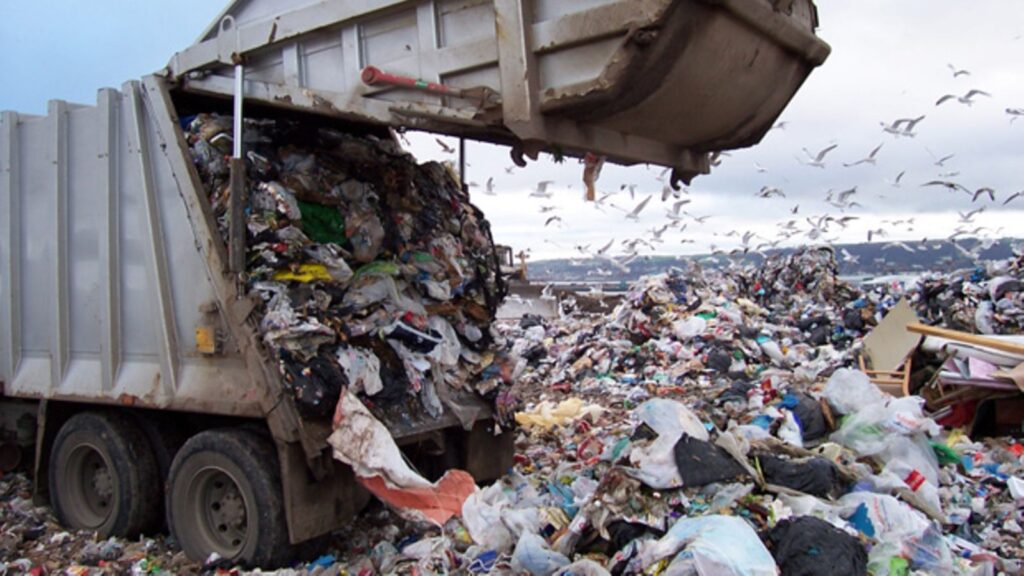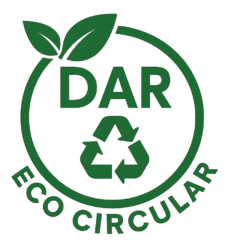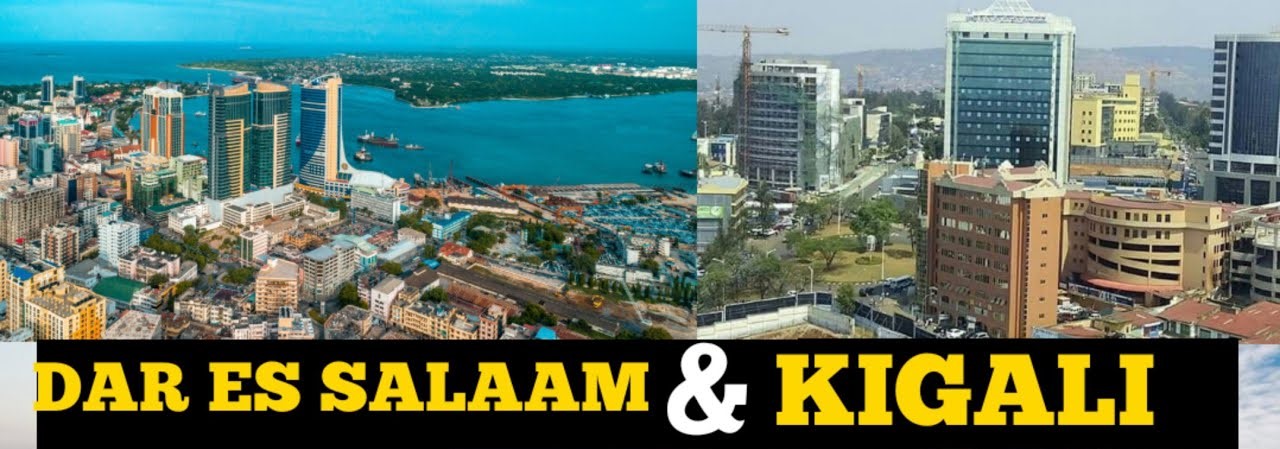Closing Pugu Landfill: Dar es Salaam’s Pathway to a Circular Economy
Dar es Salaam is a city on the rise — the beating heart of Tanzania’s economy, culture, and trade. But with rapid growth comes one of the biggest urban challenges of our time: waste management.
Every day, thousands of tonnes of solid waste are collected across the city. And for decades, the final destination has been Pugu Kinyamwezi Landfill. Once seen as a solution, the site is now a ticking time bomb — overstretched, polluting, and economically wasteful.
If Dar es Salaam wants to build a modern, climate-smart, and competitive economy, it must urgently transition away from landfilling and towards recycling, composting, and waste-to-energy (WtE) plants.
Why Closing Pugu Landfill Matters
The case against continuing with business-as-usual is clear:
-
Environmental Damage: Landfills release methane gas, one of the most harmful greenhouse gases, and leachate contaminates groundwater.
-
Land Scarcity: Dar es Salaam cannot afford to keep dedicating vast land areas to dumping instead of development.
-
Public Health: Uncontrolled waste burning and open dumping worsen air pollution, respiratory illnesses, and spread diseases.
-
Wasted Value: More than 80% of waste currently landfilled could instead be recycled, composted, or used for clean energy generation.

Policy Is the Key Driver
Globally, cities that have successfully moved away from landfills did so because of policy reform. Without the right framework, dumping will always seem “cheaper.”
Take England as a clear example:
-
The government introduced a landfill tax, making dumping progressively more expensive.
-
Local authorities and private companies responded by investing in recycling plants, anaerobic digestion facilities, and WtE incineration plants.
-
Today, England recycles nearly 45% of household waste, and most non-recyclables are used to generate power instead of being buried.
For Dar es Salaam, this means:
-
Gradually increasing landfill disposal fees to reflect environmental costs.
-
Redirecting revenues into recycling and WtE infrastructure.
-
Creating incentives for private sector investment.
-
Establishing a clear waste management policy that prioritizes diversion from landfill.
The Path Forward: Recycling and Waste-to-Energy
Closing Pugu landfill requires building a network of modern facilities that turn waste into opportunity:
-
Recycling Plants (MRFs): Recovering plastics, metals, glass, and paper.
-
Composting & Anaerobic Digestion: Turning food and organic waste into fertilizer and biogas.
-
Waste-to-Energy (WtE) Plants: Converting non-recyclables into electricity, steam, and district heating.
These facilities are not just environmental solutions — they are economic growth engines. They create jobs, generate renewable energy, reduce imports of LPG and fertilizers, and support Tanzania’s trade competitiveness.
Dar Eco Circular’s Vision
Through the Dar Eco Circular Initiative, the city can transition from landfills to a circular economy system powered by recycling hubs and a flagship Waste-to-Energy facility anchored within the Pemba Mnazi Eco-Industrial Park.
This approach will:
-
Provide shared utilities (energy, water, logistics) for industries.
-
Enable SME participation in recycling and green manufacturing.
-
Position Dar es Salaam as East Africa’s circular economy capital.
Who Needs to Act?
The pathway to closing Pugu is not a technical problem alone — it’s a governance challenge. Success depends on joint action from all stakeholders:
-
Government: Introduce landfill taxes, set recycling targets, and provide SEZ incentives.
-
Investors & Private Sector: Build and operate recycling and WtE facilities.
-
Communities & Civil Society: Support waste segregation and awareness campaigns.
-
International Partners: Provide climate finance, technology transfer, and policy support.
A Turning Point for Dar es Salaam
Closing Pugu landfill is not just an environmental necessity — it is a strategic opportunity. By embedding policy incentives, private investment, and community participation, Dar es Salaam can transform waste from a burden into a driver of green jobs, clean energy, and industrial growth.
👉 The choice is simple:
-
Continue dumping and risk escalating health, land, and climate crises.
-
Or lead Africa by building recycling plants, WtE facilities, and a circular economy hub that powers Tanzania’s sustainable future.
The time to act is now.



Leave a Reply